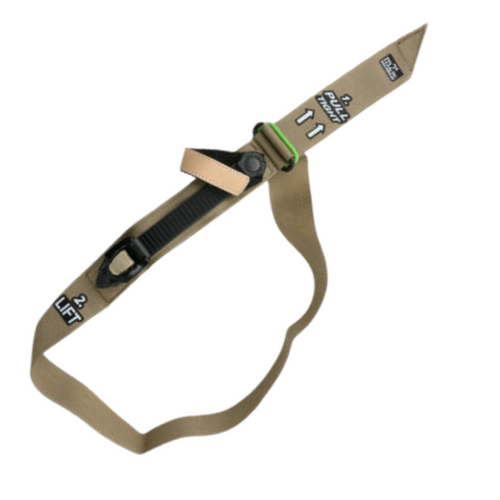Ratcheting Medical Tourniquet® (RMT) – WIDE 2″/50mm
- Weight:
- 118.00 Grams
- Shipping:
- Eligible for free shipping!
- Intuitive Operation
- Fast & highly effective
- Rugged & Durable
- Instructions printed on the webbing
- Can be folded to reduce the size
- 2″ (50mm) wide COYOTE webbing
- 1.0″ m2® ratcheting buckle & ladder strap
- 0.31 lb / 142 g (5 oz)
Why choose the m2® RMT™?
Proven Technology since 2002
Simple, intuitive ‘glove’ operation
Applies precise mechanical pressure
System is self-locking
Easily applied with one hand
Requires only ‘gross’ motor skills to operate
Ratcheting sound when activated
Compact, lightweight, and durable and rugged
Instructions clearly printed on RMT™
3 Civilian versions
– Less Than 120lbs, Greater Than 120lbs and XL
3 Military/Law versions (Tactical, Paramedic, 2″)
– Tactical, Paramedic and 2″
Testimonials
“One of my 10th MTN soldiers was shot through the lower leg while on patrol in Baghdad. He would have bled to death had it not been for the Burke RMT.” - LTC Drew Kosmowski, MD, 10th MTN Division Surgeon
“The build strength is outstanding. I do not find a weak point. The whole thing is solid. We see a couple of advantages to the RMT. Gross motor skill operation. Self-Locking.” – Greg M (EOD) Afghanistan Nov. 2012
“During my pre-deployment train up in August 2008, I purchased two RMT’s (Ratcheting Medical Tourniquet). After spending the next month training with them, I decided to replace my issued CAT with the RMT’s. On December 14, 2008 while on patrol in Iraq I was shot by a sniper in my upper left arm (dominant arm). I applied the RMT quickly and easily above the gunshot wound. I was easily able to tighten the tourniquet strap stopping all blood flow to the extremity and manipulate the tourniquet ratcheting mechanism, with my non-dominant arm, even with the loss of fine motor skills. Because I was able to apply it without looking at it I was able to maintain security and my peripheral vision, allowing me to scan for more threats and get back in the fight quicker.” - Andrew Brady, US Army (Ret)















